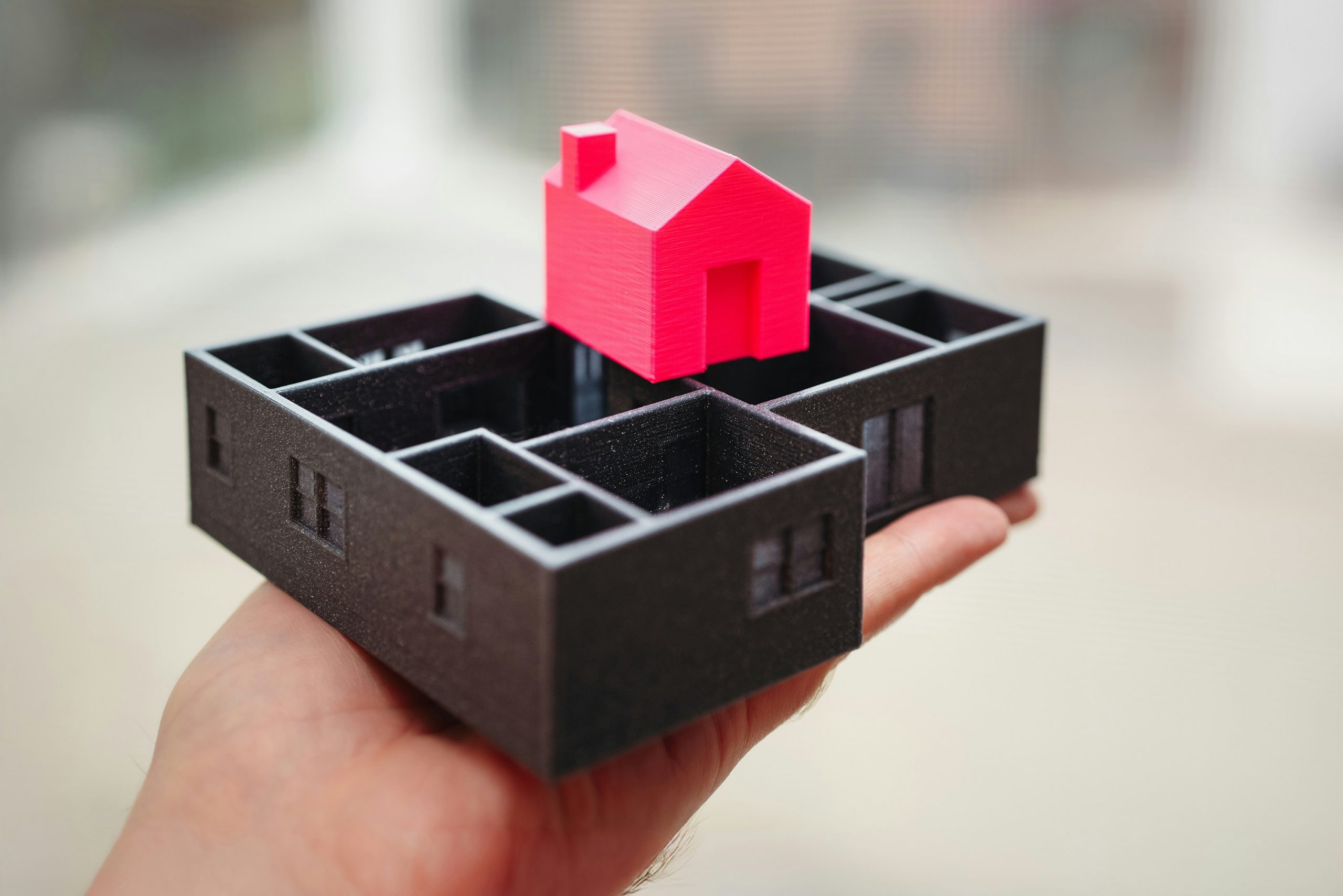3D printing, also known as additive manufacturing, is no longer a futuristic concept; it’s an active force reshaping how we design, build, and think about the built environment—one layer at a time. With the global push toward automation, sustainability, and cost-efficiency, 3D printing in construction is rapidly moving from novelty to necessity.
Using traditional methods, building a home or office complex can take months—sometimes years. But with large-scale 3D printers, entire structures can be printed in days using specially formulated concrete or composite materials. These printers operate by depositing material layer-by-layer, following a digital blueprint with extreme precision.
Why 3D Printing Matters for the Future of Construction
The impact of 3D printing technology in construction is multifaceted. Here’s why the industry is taking notice:
Speed and Efficiency
With 3D printing, structures can be built significantly faster than with conventional methods. Reduced manual labor, fewer supply chain dependencies, and 24/7 operability make it a time-saver—especially critical in post-disaster or remote-area housing.
Cost Reduction
By minimizing material waste and reducing labor costs, 3D printed construction can lower the overall expense of building projects. For affordable housing initiatives, this could be a game-changer.
Design Freedom
Architects and engineers are no longer confined by the limitations of traditional building materials. 3D printing allows for more complex geometries, enabling the creation of previously unbuildable designs.
Sustainability
A lot of 3D printing technologies utilize locally sourced or recycled materials. Reduced transportation emissions, minimal waste, and the potential integration of smart building features make this a more eco-conscious option.
Labor and Safety Benefits
With ongoing labor shortages in construction, automation provides a practical solution. At the same time, automated building processes reduce worker exposure to hazardous conditions on-site.
What’s Next?
As construction innovation accelerates, we can expect an increase in hybrid models—where 3D printing complements traditional building methods. Integration with robotics, AI, and BIM (Building Information Modeling) will create a more connected, data-driven construction ecosystem.
As the industry evolves, embracing construction technology like 3D printing isn’t just about staying ahead—it’s about building smarter, faster, and more sustainably. For stakeholders across the value chain—from architects and engineers to developers and city planners—now is the time to explore how additive manufacturing can unlock new value for your business.








